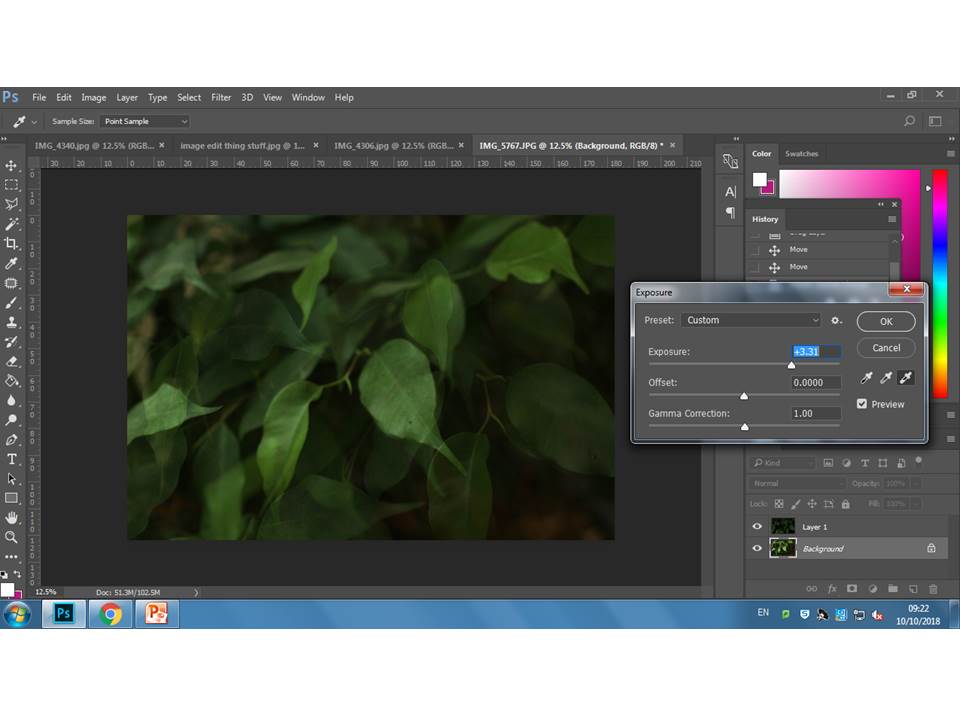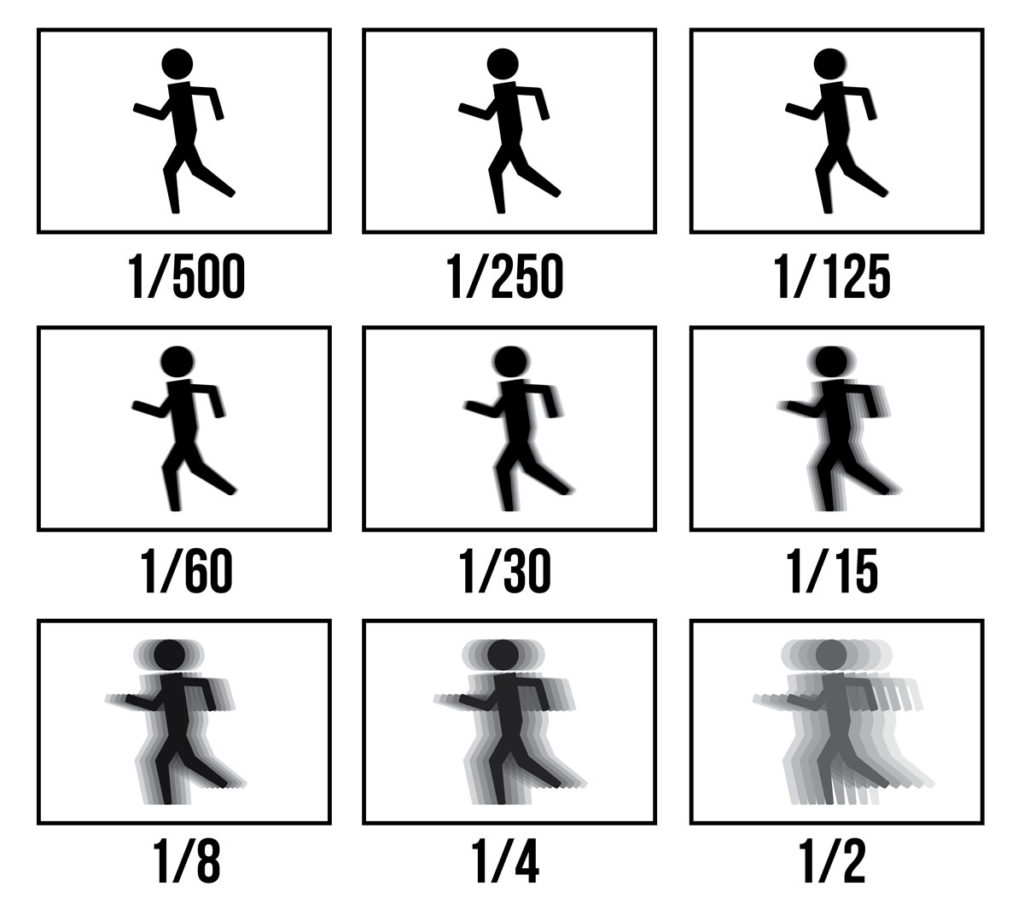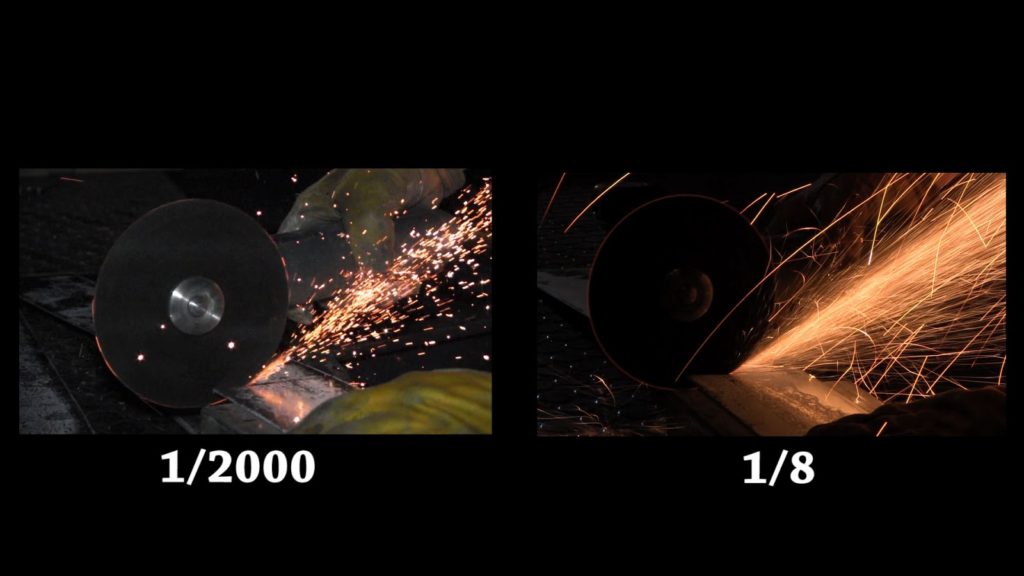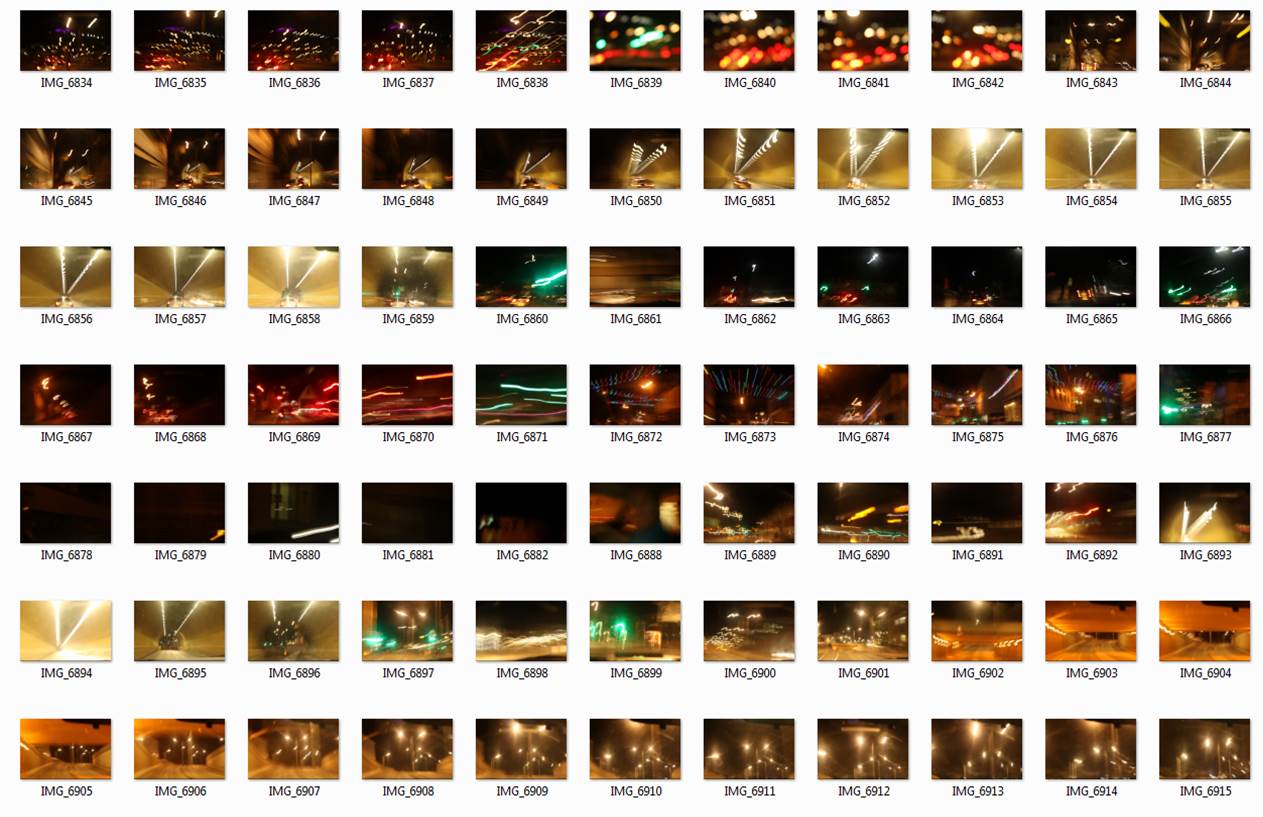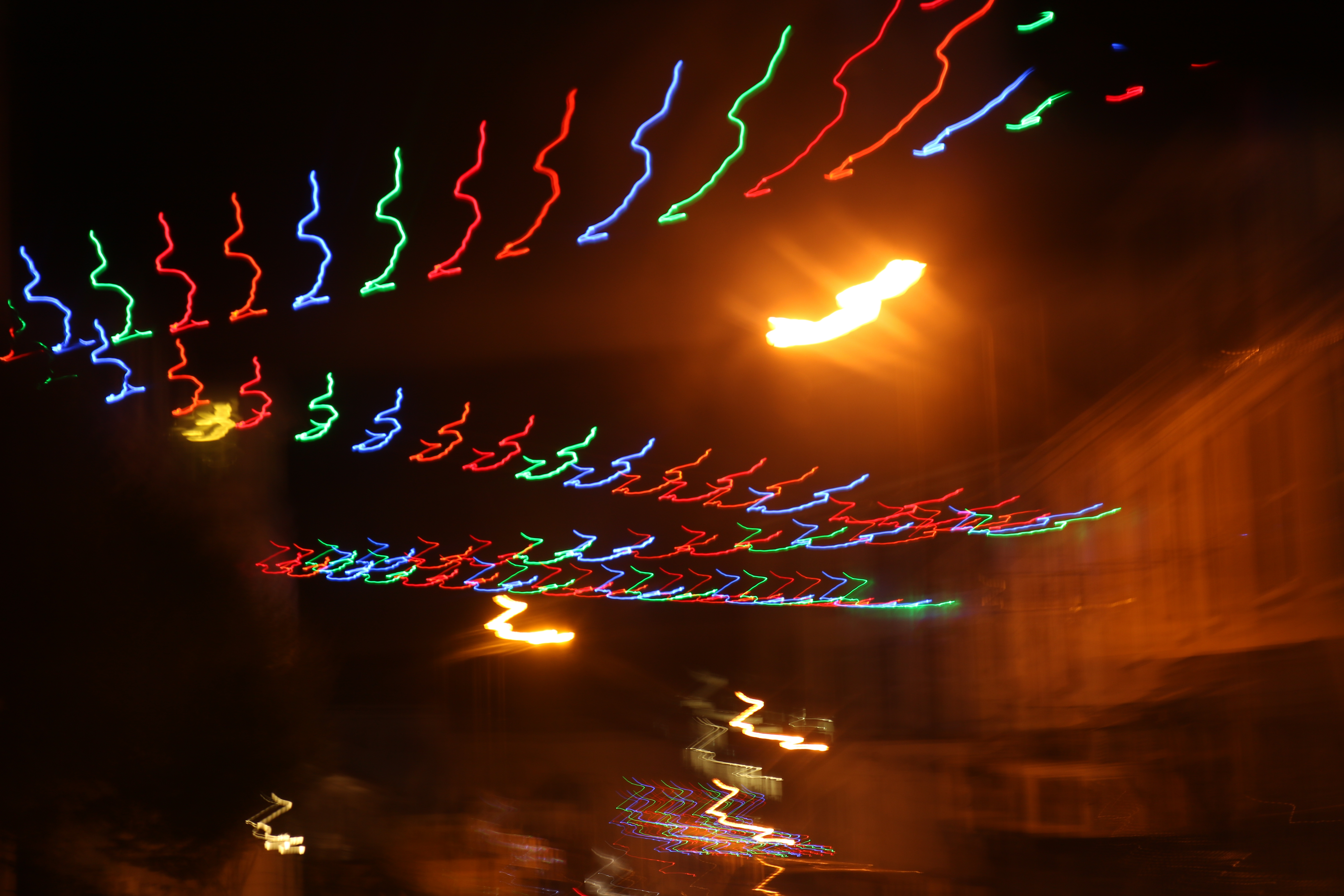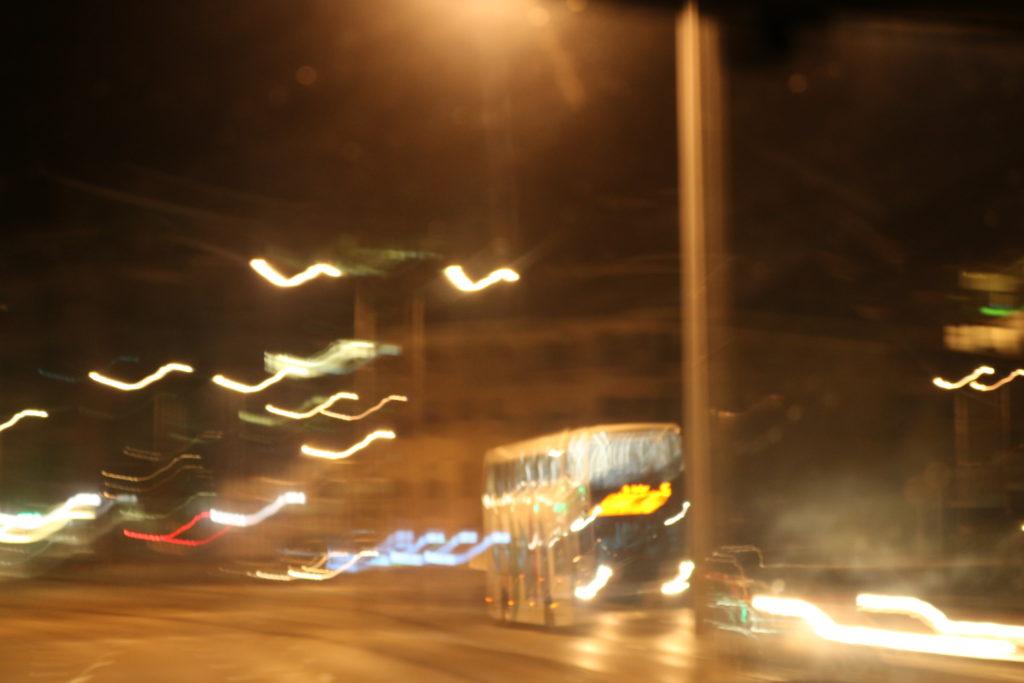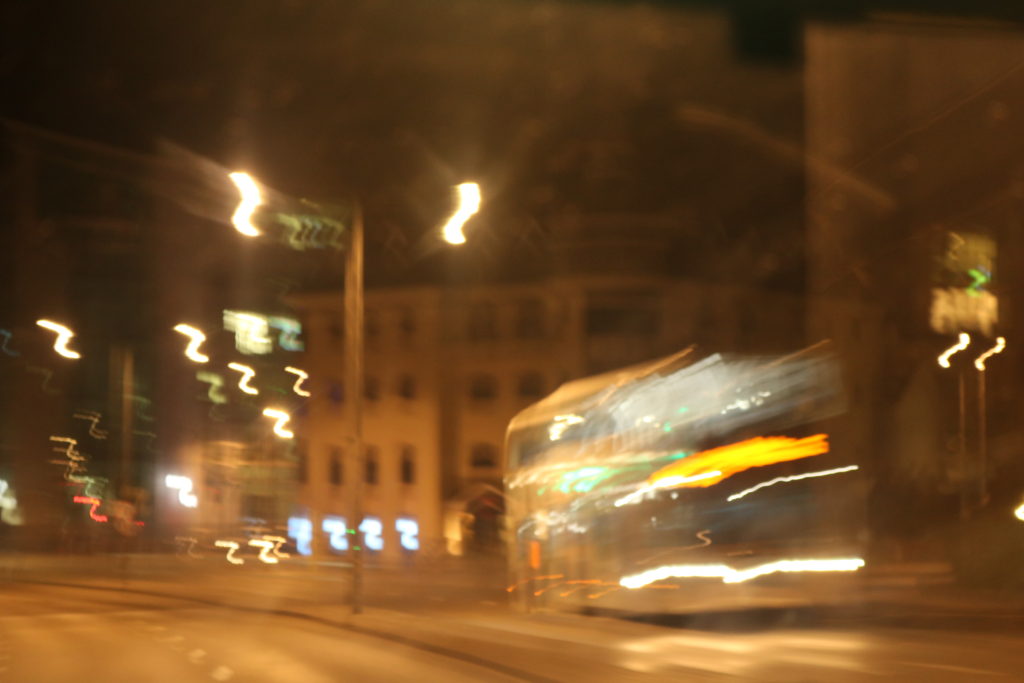ALFRED STIEGLITZ
“photography fascinated me, first as a toy, then as a passion, then as an obsession”
He was an American photographer and modern art promoter who was born on January 1, 1864. He was friends with German artist at the beginning of his career and he brought his first camera and traveled through the European country side photographing landscapes and peasants. He began to self teach himself about photography and he won first place for his Last Joke, Bellagio photography in 1887 from Amateur Photographer. In the main part of his career he considered himself an artist but refused to sell his photographs. His father decided to purchase a small photography business so he could earn a living in his chosen profession, Stieglitz paid his employees a high wage as he wanted high quality images. He then started getting awards for his photography exhibitions. He brought his first hand-held camera in late 1892 and he used this to take his two best known photos which are Winter, Fifth Avenue (right) and The Terminal (left).
SONGS OF THE SKY
His photographs called ‘Songs of the Sky’ are focused on landscapes of the sky, which have abstract qualities. The title of these images are related to music, which shoes Stieglitz intended to do.
Moodboard;
These 8 images here are my inspiration for this shoot. I like how the dark and light in the images contrast each other and they all have different moods such as danger or a sense of heaven. He has really shown nature giving off many emotions in this project and it makes people looks at the images very differently because you can feel an emotion when looking at these images of clouds, something so simple yet with so much meaning.
This image by Stieglitz is one of my favourites because the natural light is seeping through the waves of clouds. The leading eye point in this images would be the whiter parts of the image because it captures the eye as it is contrasting up against the dark duller coloured clouds in the image and this shows how nature works together to create something so simple but beautiful and I believe that was Stieglitz’s motive behind this image, to show the earth for what it is. This image also has little editing to it, so it is showing the natural creations. 
SHOOT 1
When performing my shoot, I regularly came back to the 8 images above, so regain inspiration and to remind myself of the images he took.
These three images here are a few I selected from my shoot, just to show the variety of images I took. All three images have been edited into black and white and also have adjusted the contract slightly, to make the white clouds pop more. To help me get these images I regularly came back to my moodboard I created earlier before starting to shoot, to remind myself of the way he took his photos and to regain inspiration, to form new ideas.
EDITING/PHOTOSHOP

When editing this photo I focused in editing the darkness of the images, to create a higher contrast between the tones in this images. I would use this image as one of my final images because of the way the clouds look, the texture looks soft, so it gives the image a calm mood, but with the dark background the clouds look more vibrant and bold.
I was also experimental with my images, mirroring them using Photoshop, to make my own abstract photo. I mirrored each image then joined them together to make one photo, this makes the image more interesting and creates a contrast.
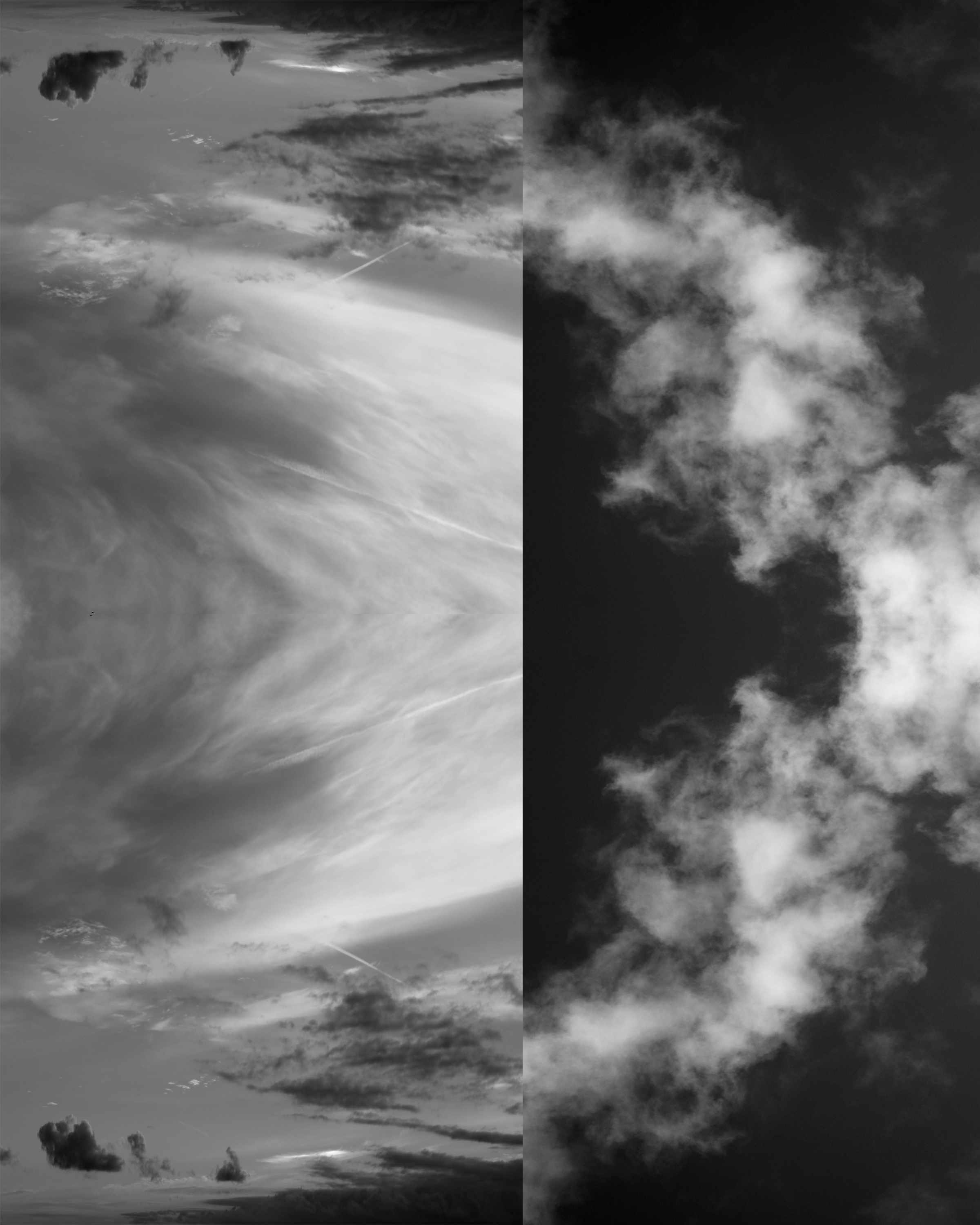
These are the steps on Photoshop I took to get the finished result of joining 2 mirrored photos together;
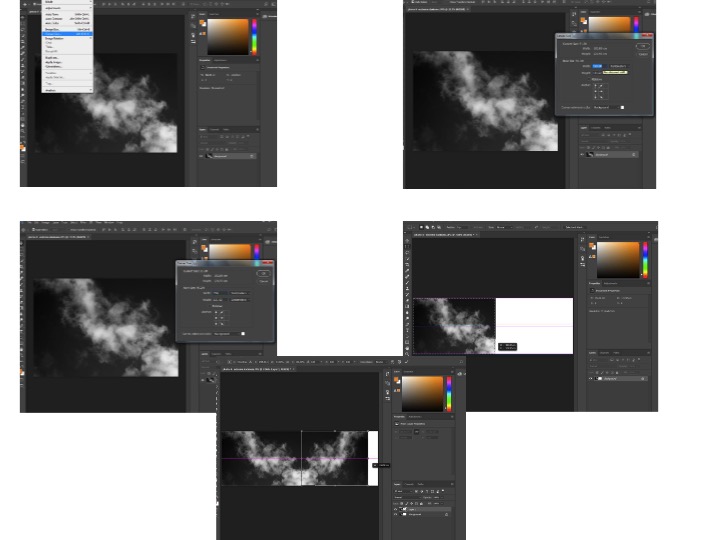
FINAL IMAGE
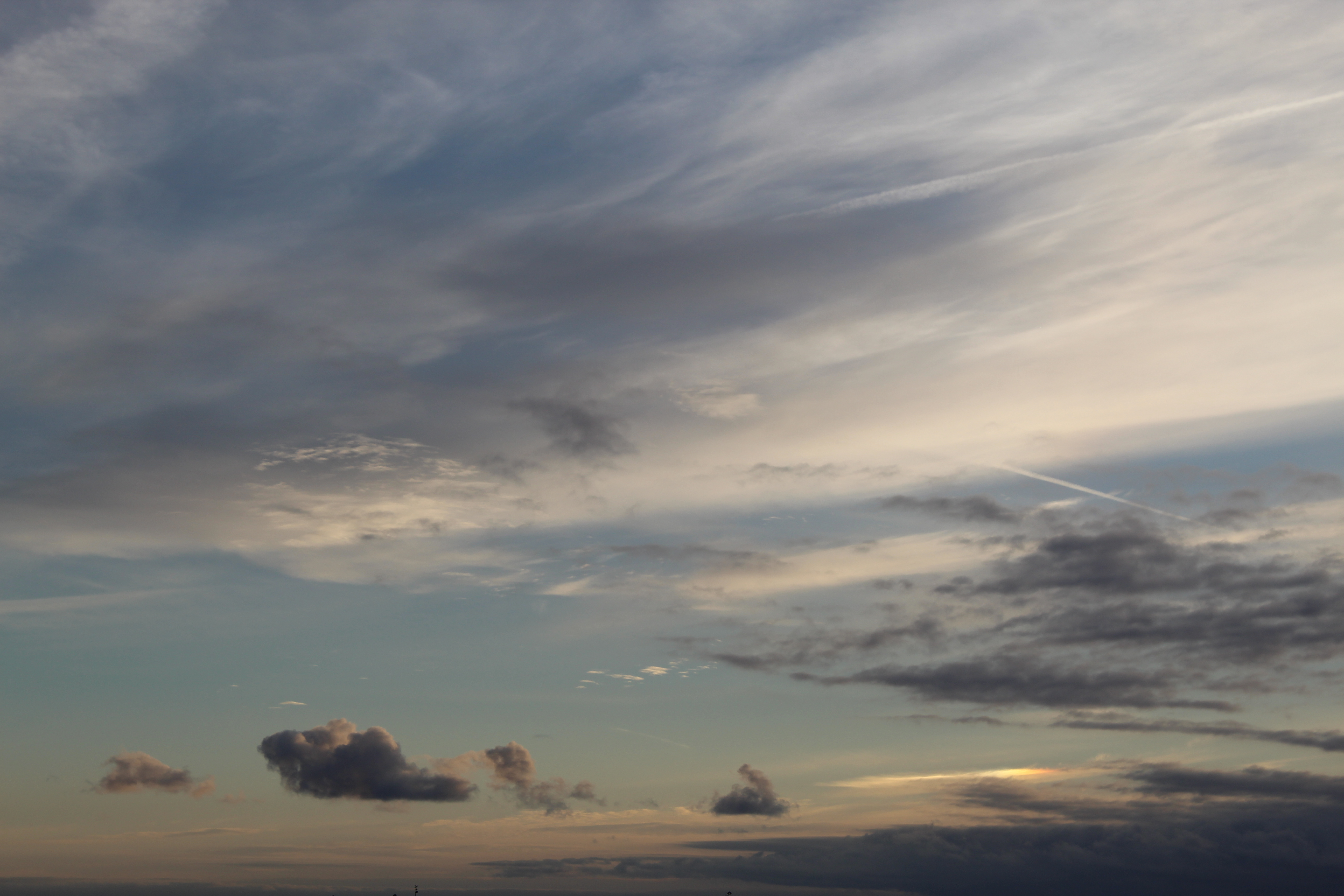 Before
Before 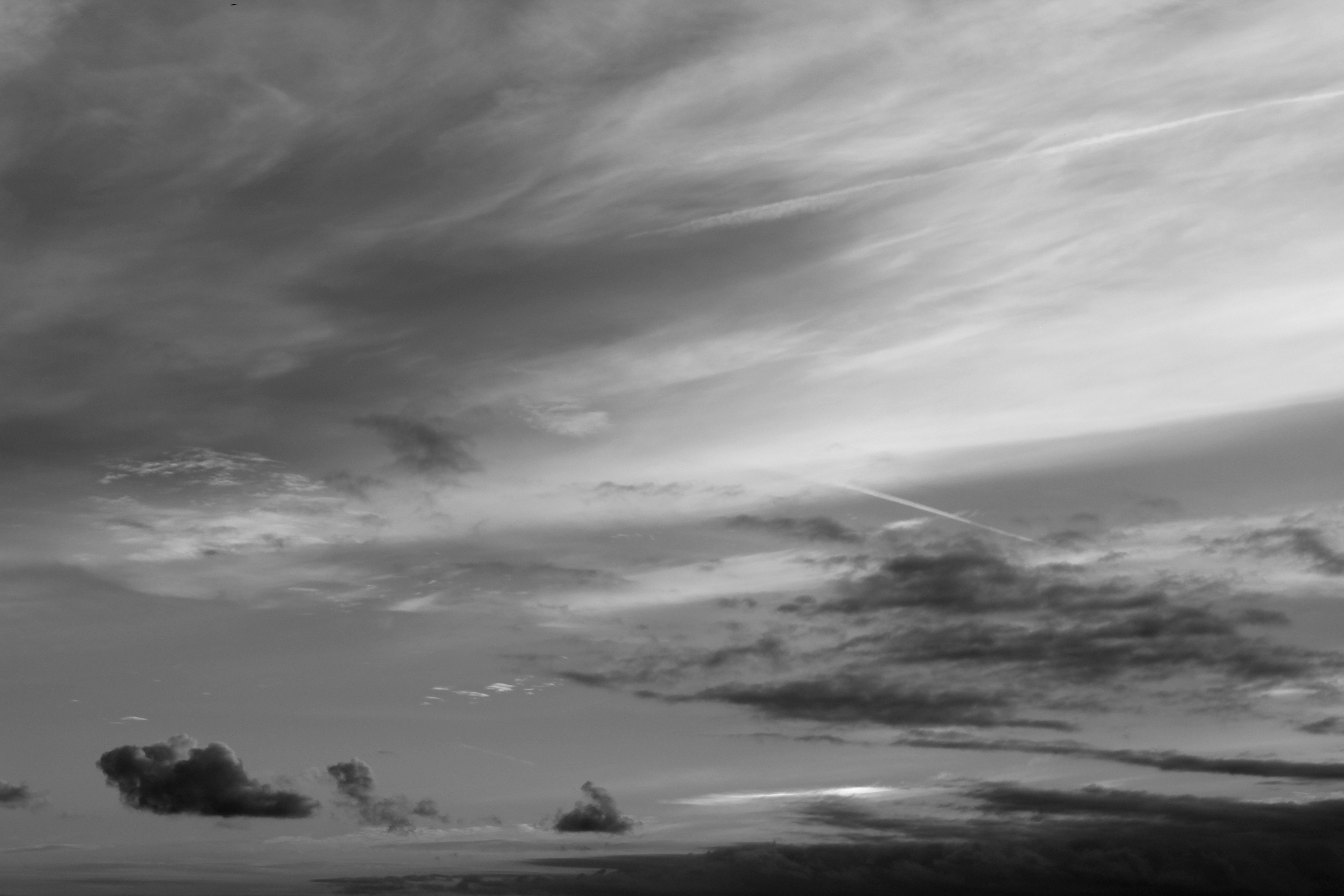 After
After
These images demonstrate a before and after editing. The final, completed image has been edited into black and white but I have also edited the darkness on the image and the contrast. I made the contrast high to show the different tones and shade. There is a depth of field in this photo, the top of the photo feels more close up to the white sheets of cloud and then the clouds become smaller which makes them look further away, even tho everything was in line. The clouds have made many different unique shapes, which creates a more interesting photo as there are more shapes to look at and admire. The images just looks satisfying because of the different tones and shapes around.


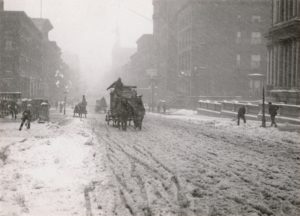
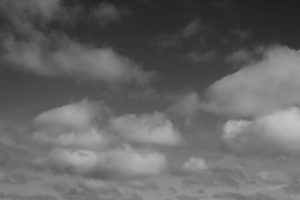
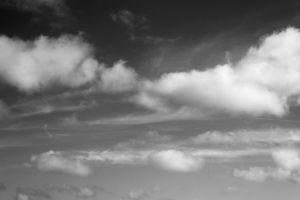
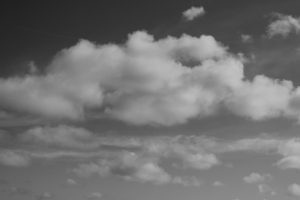

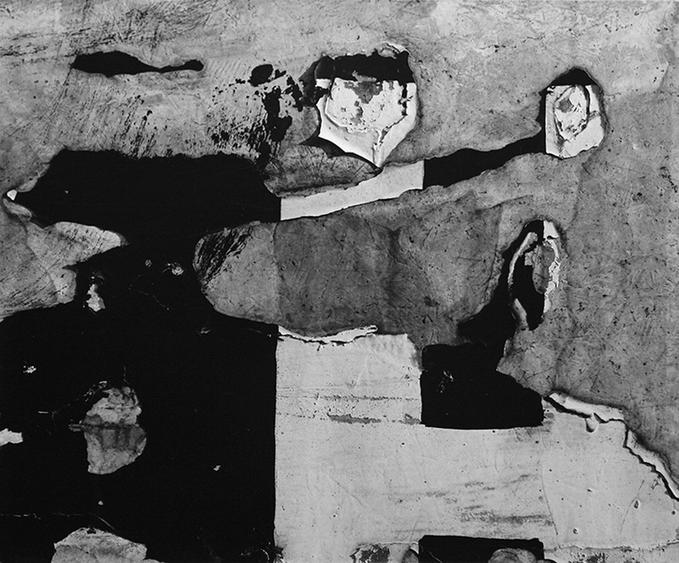

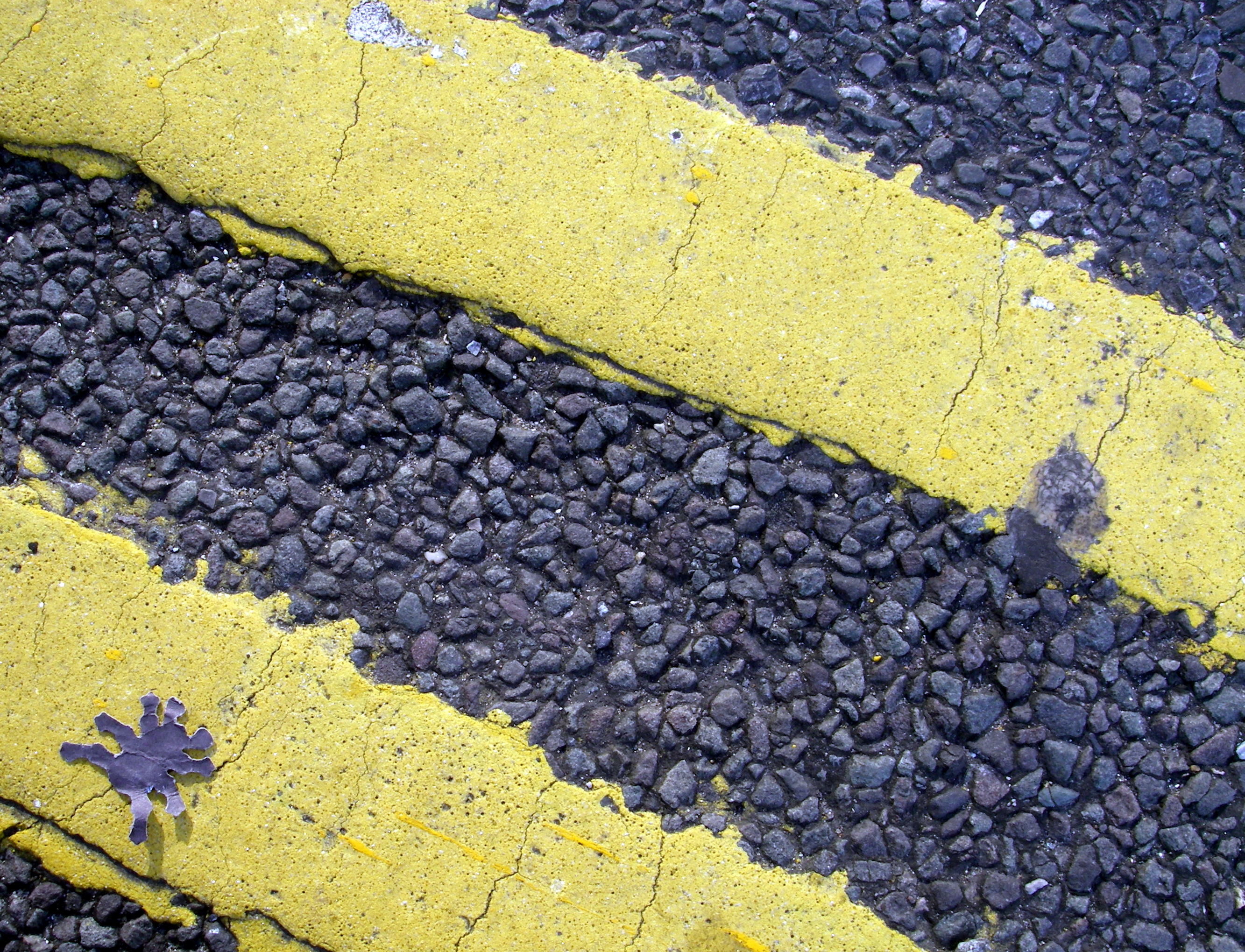
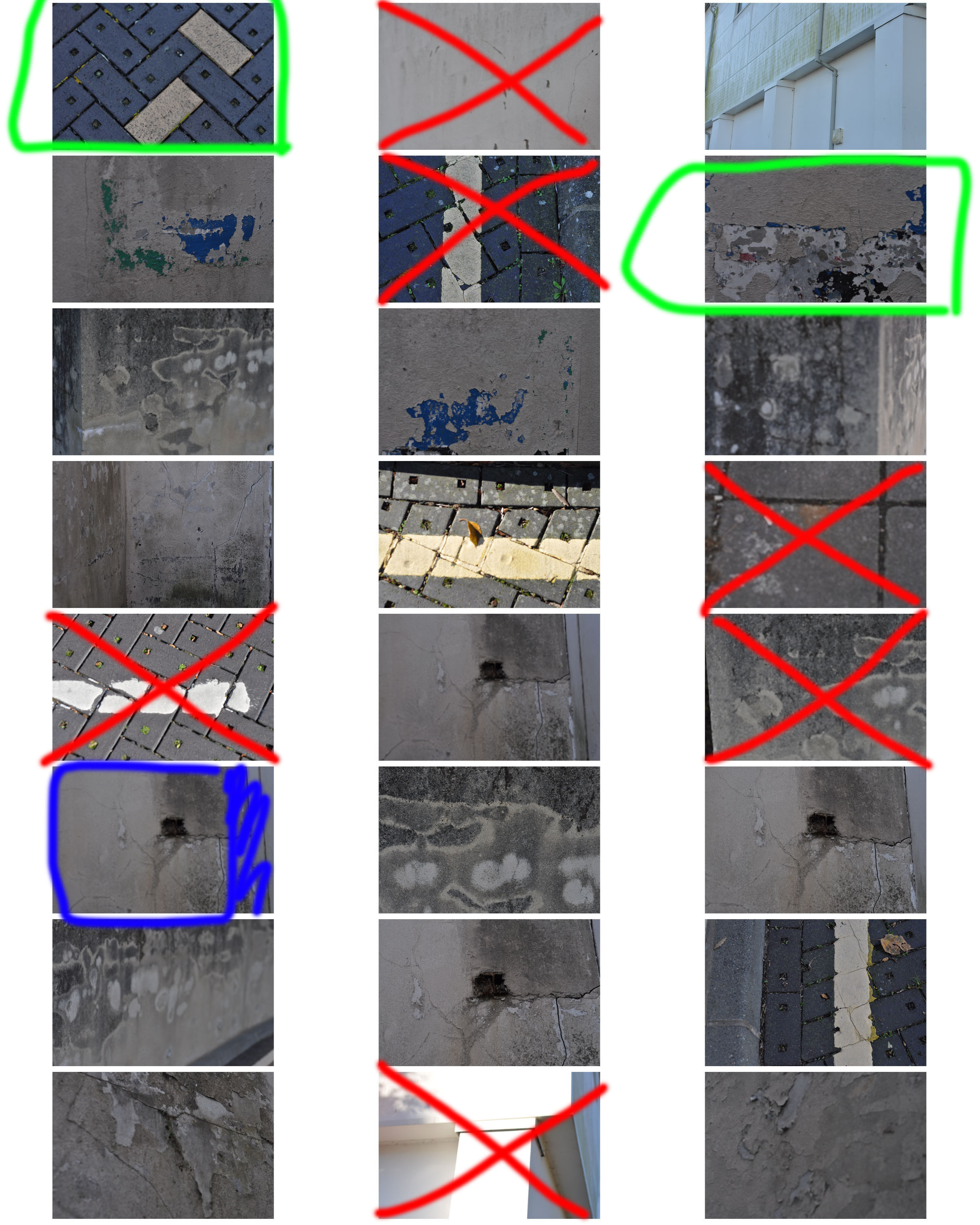
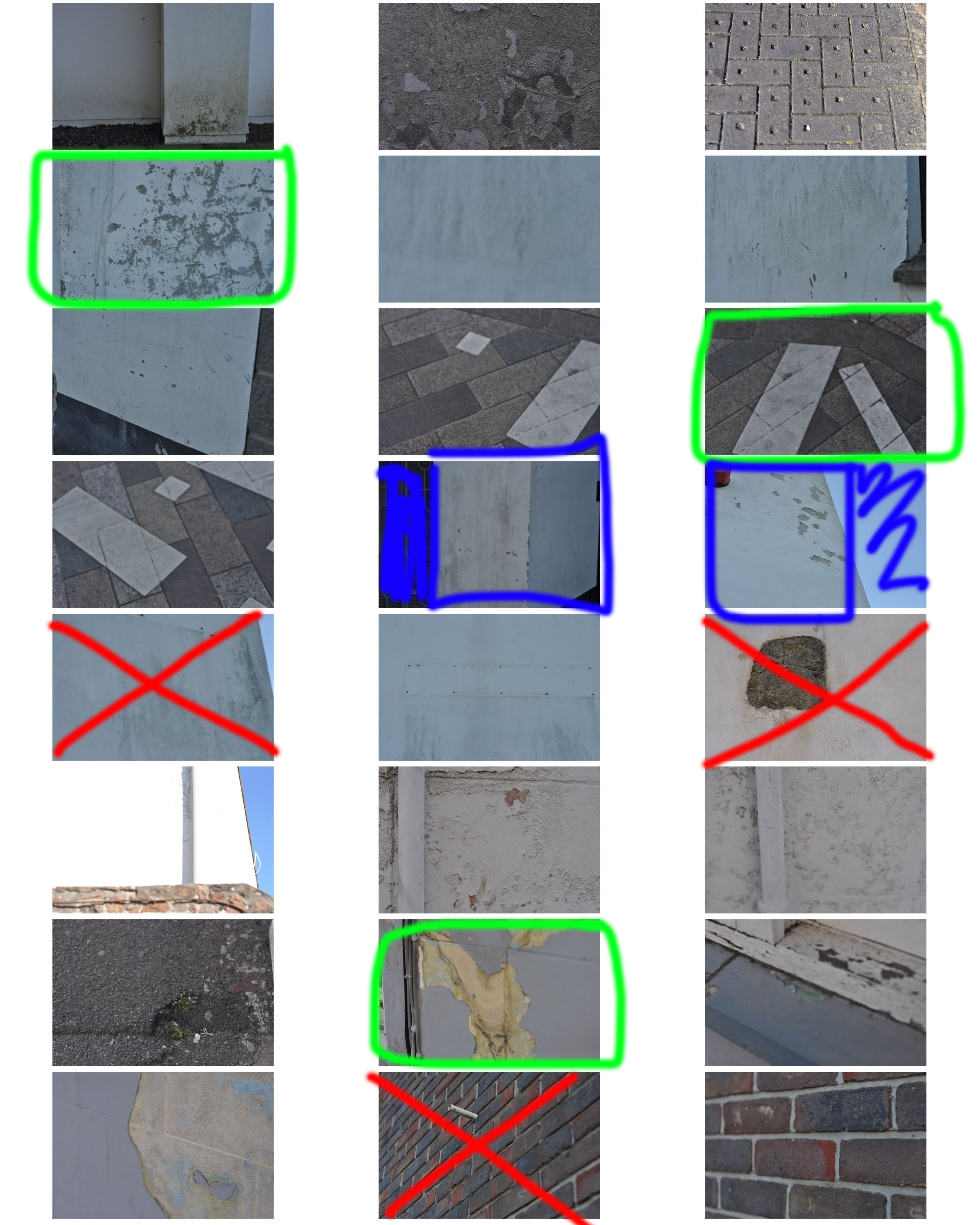
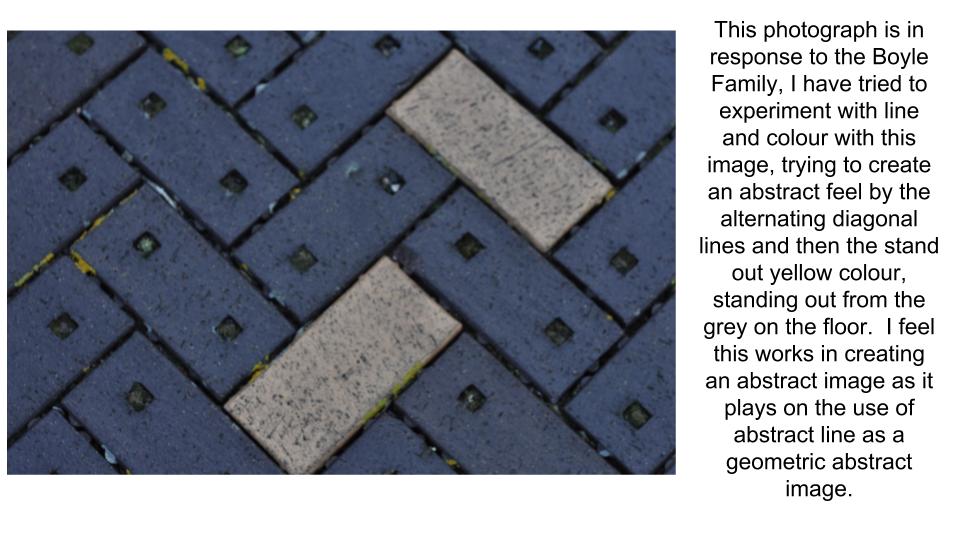


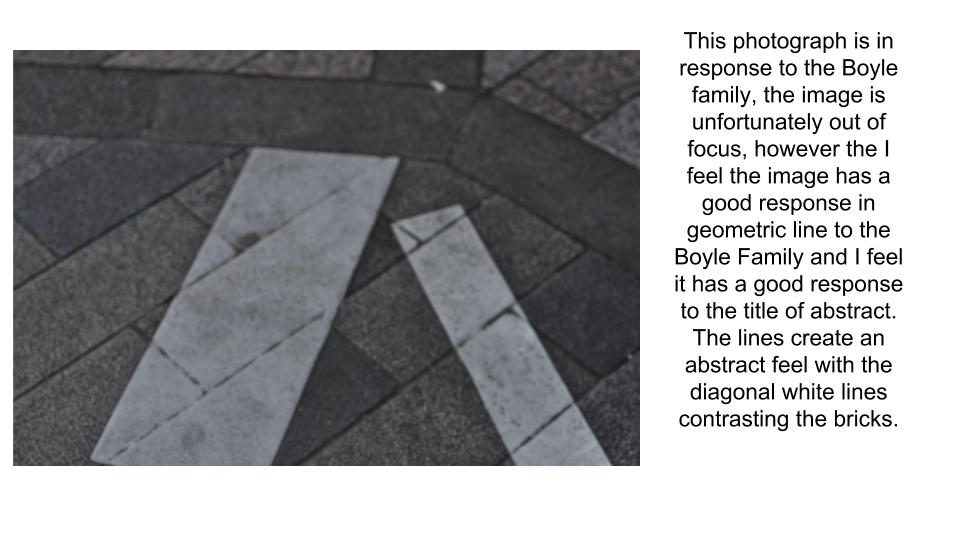
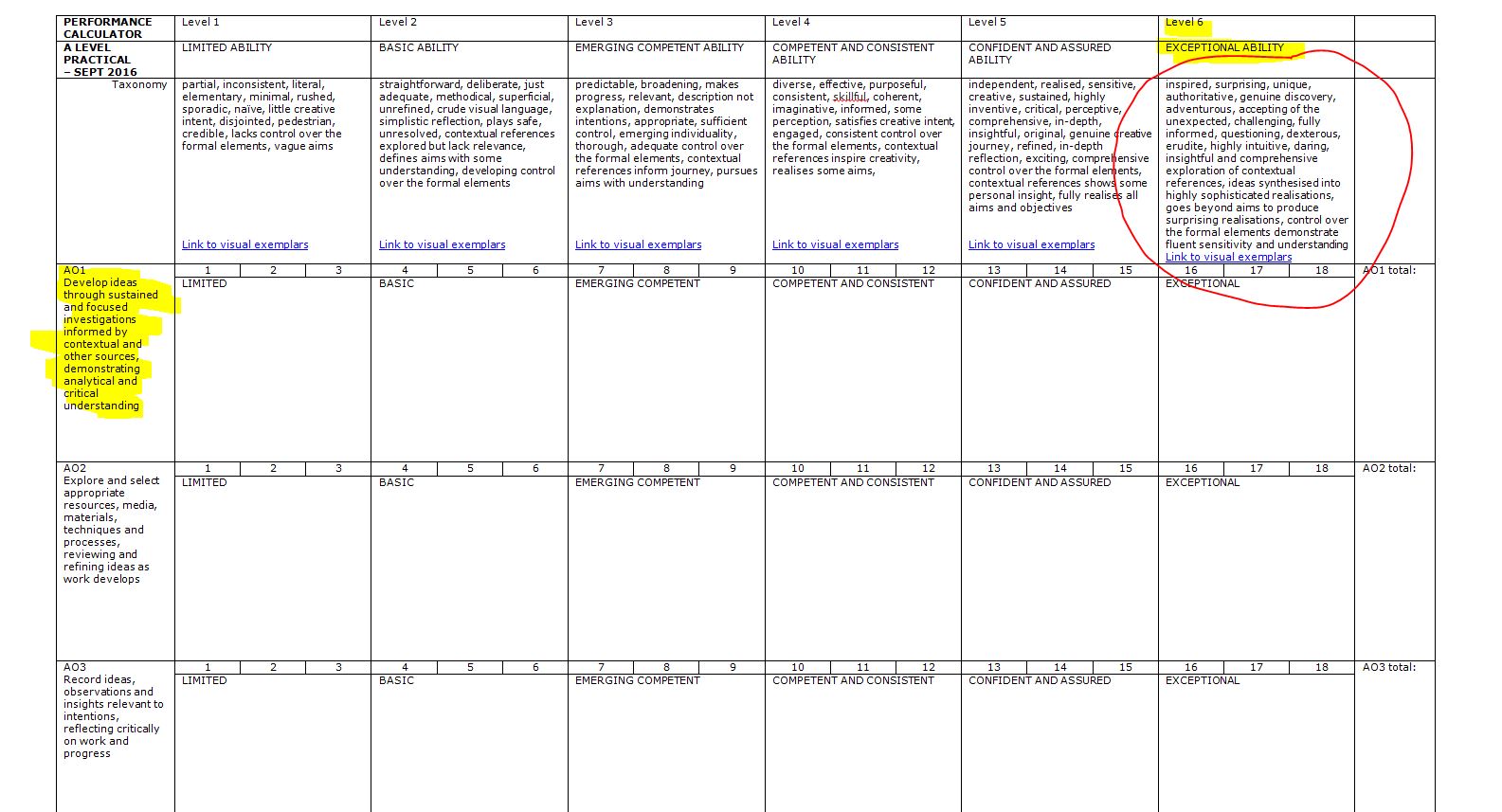






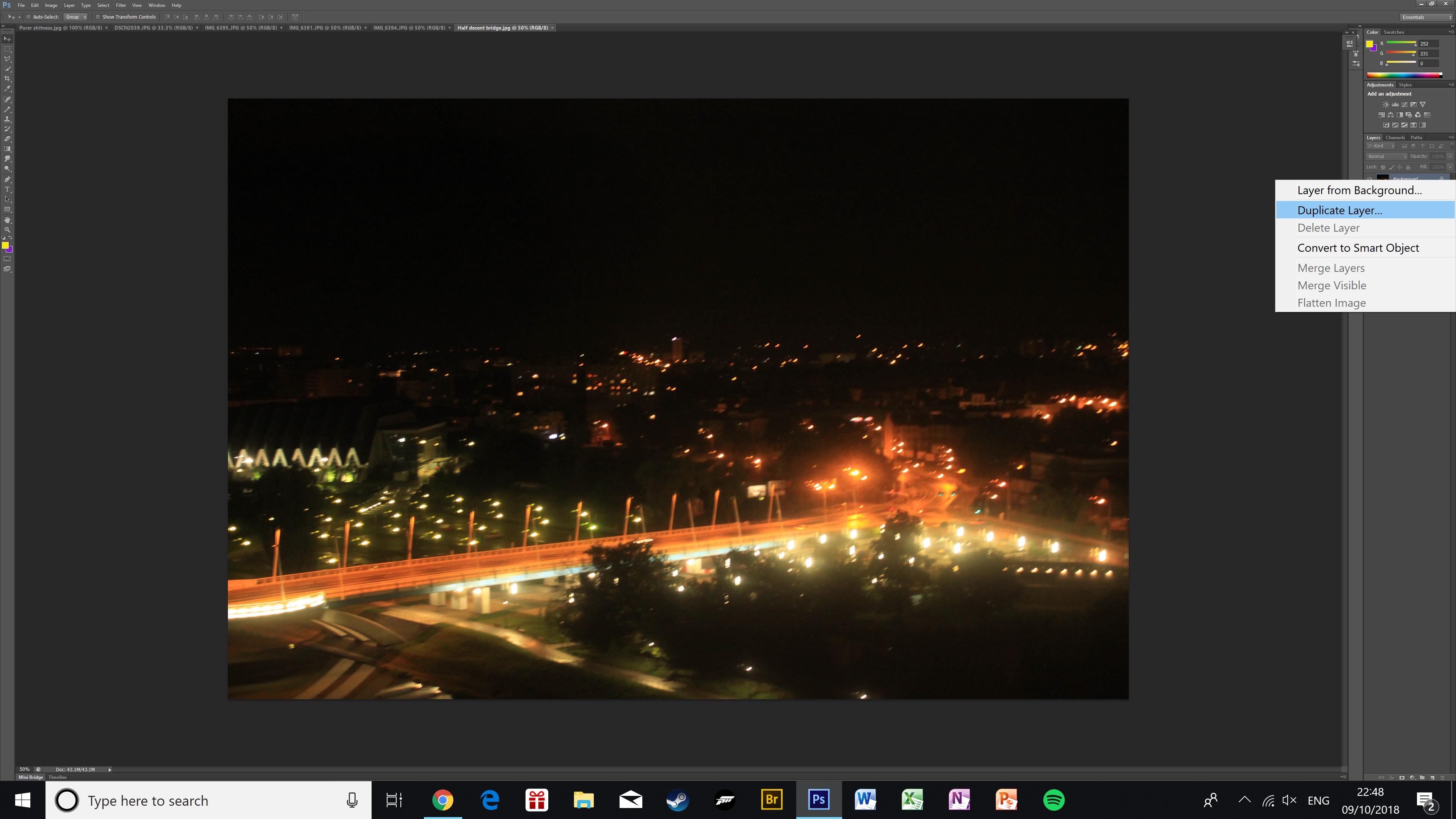
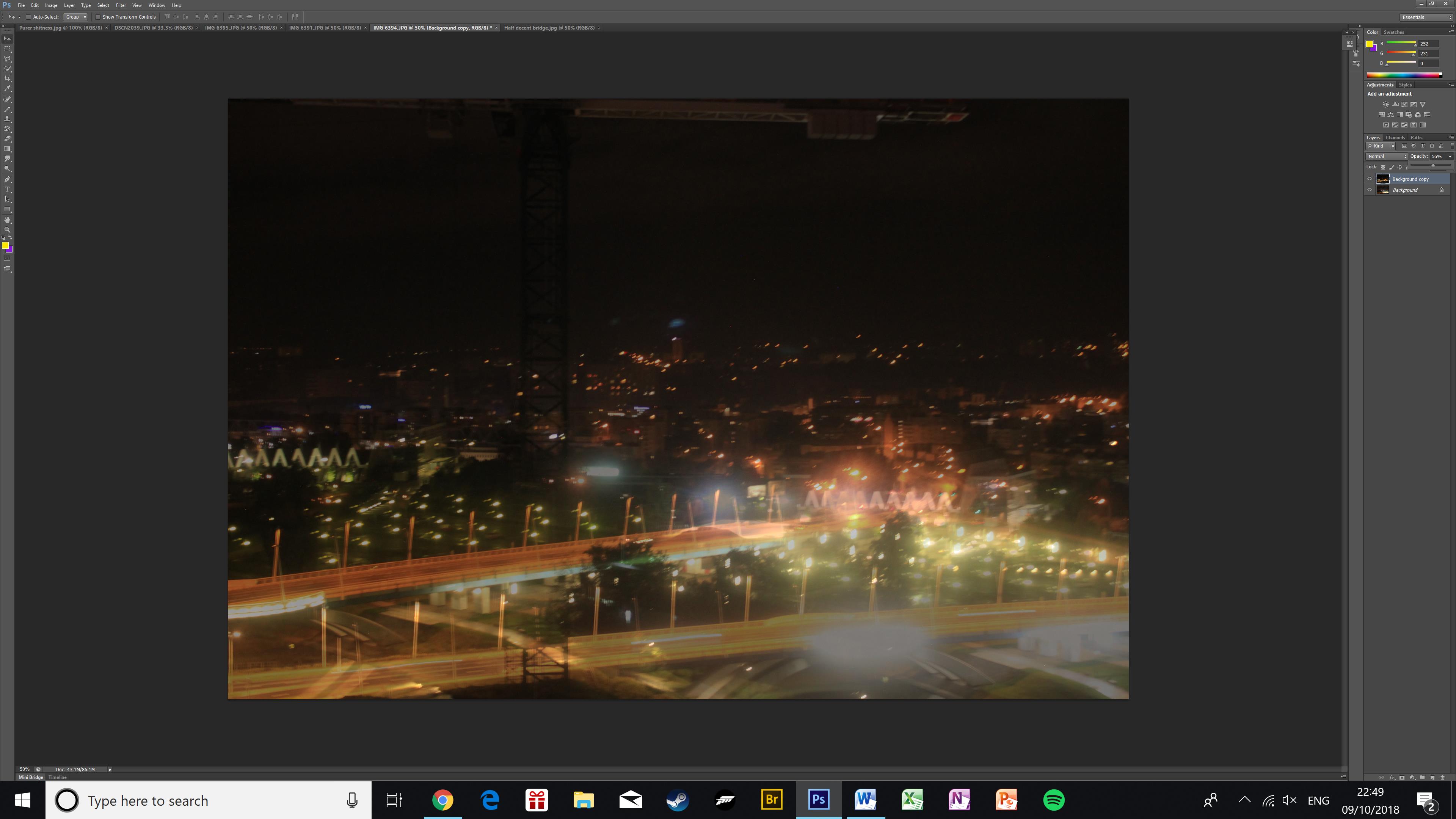



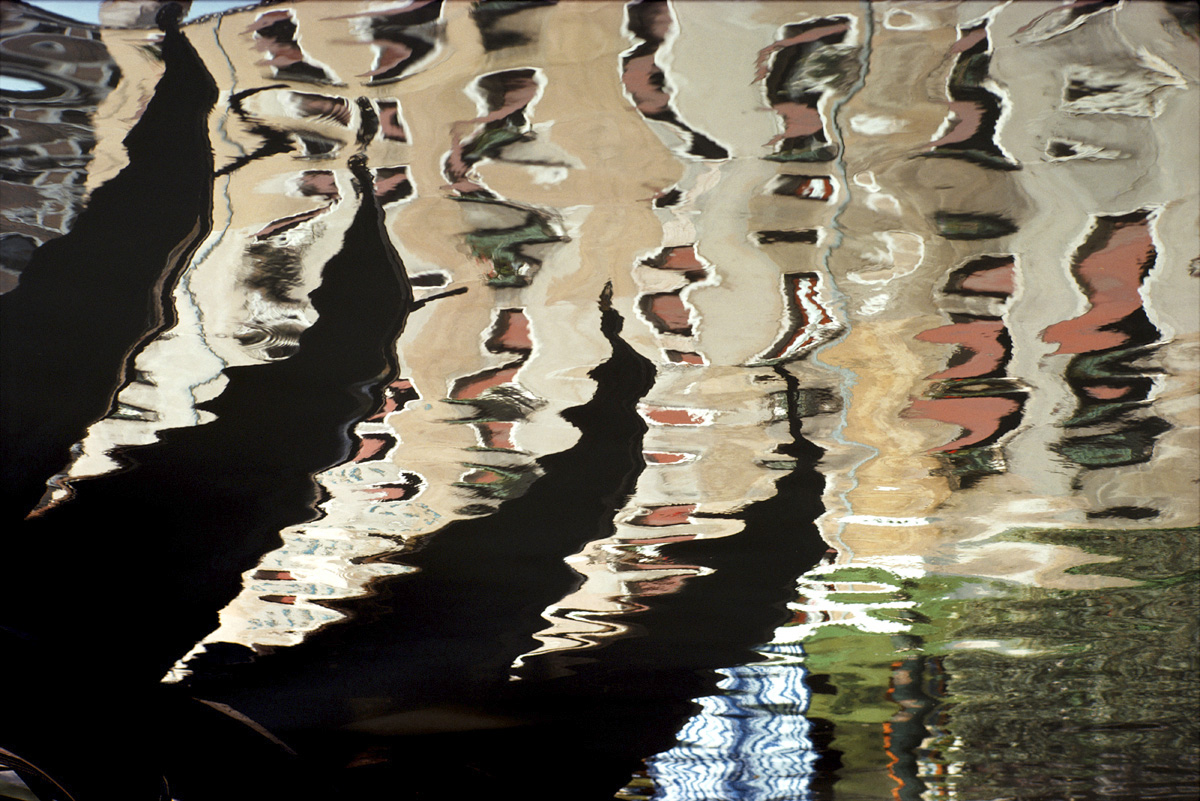
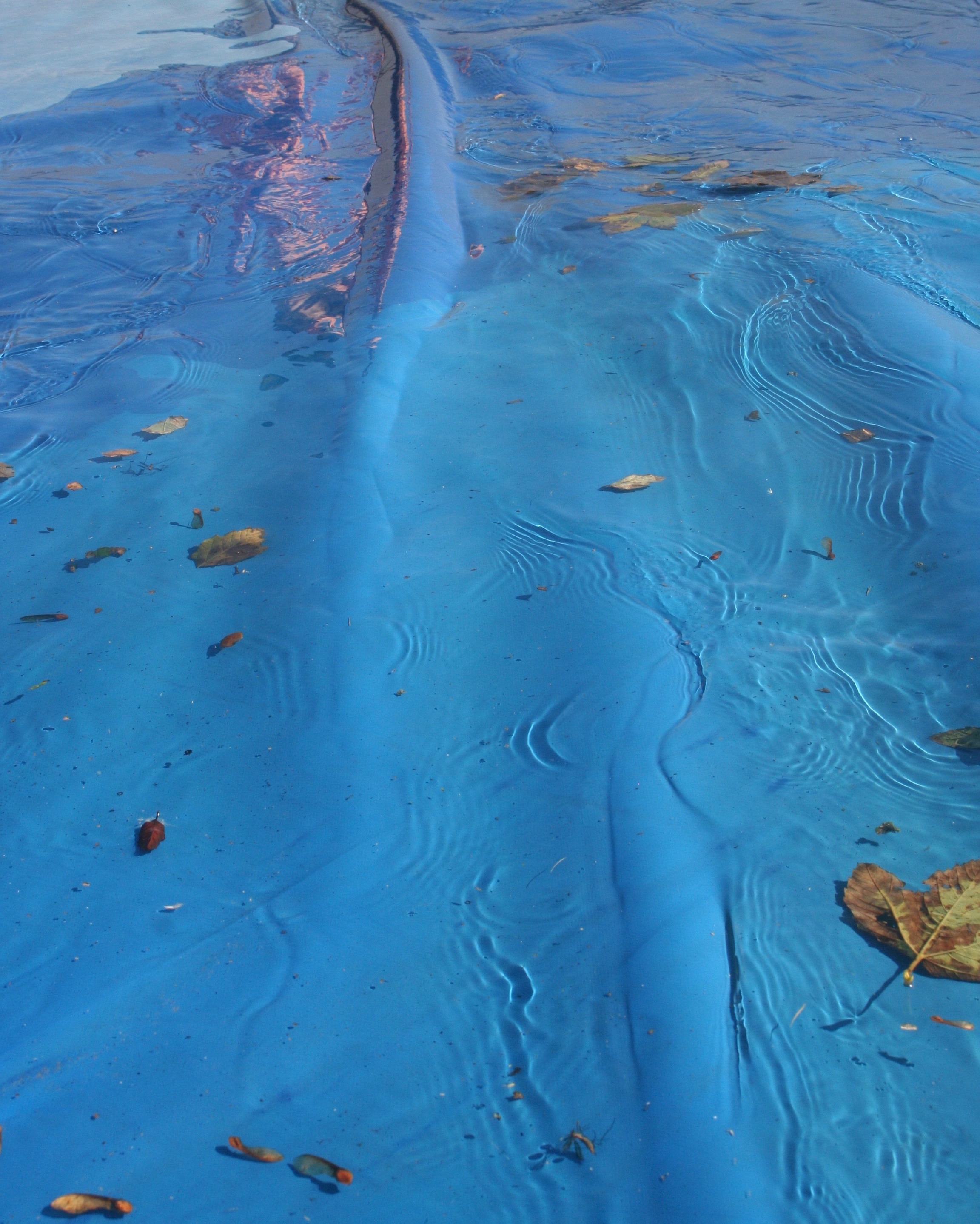
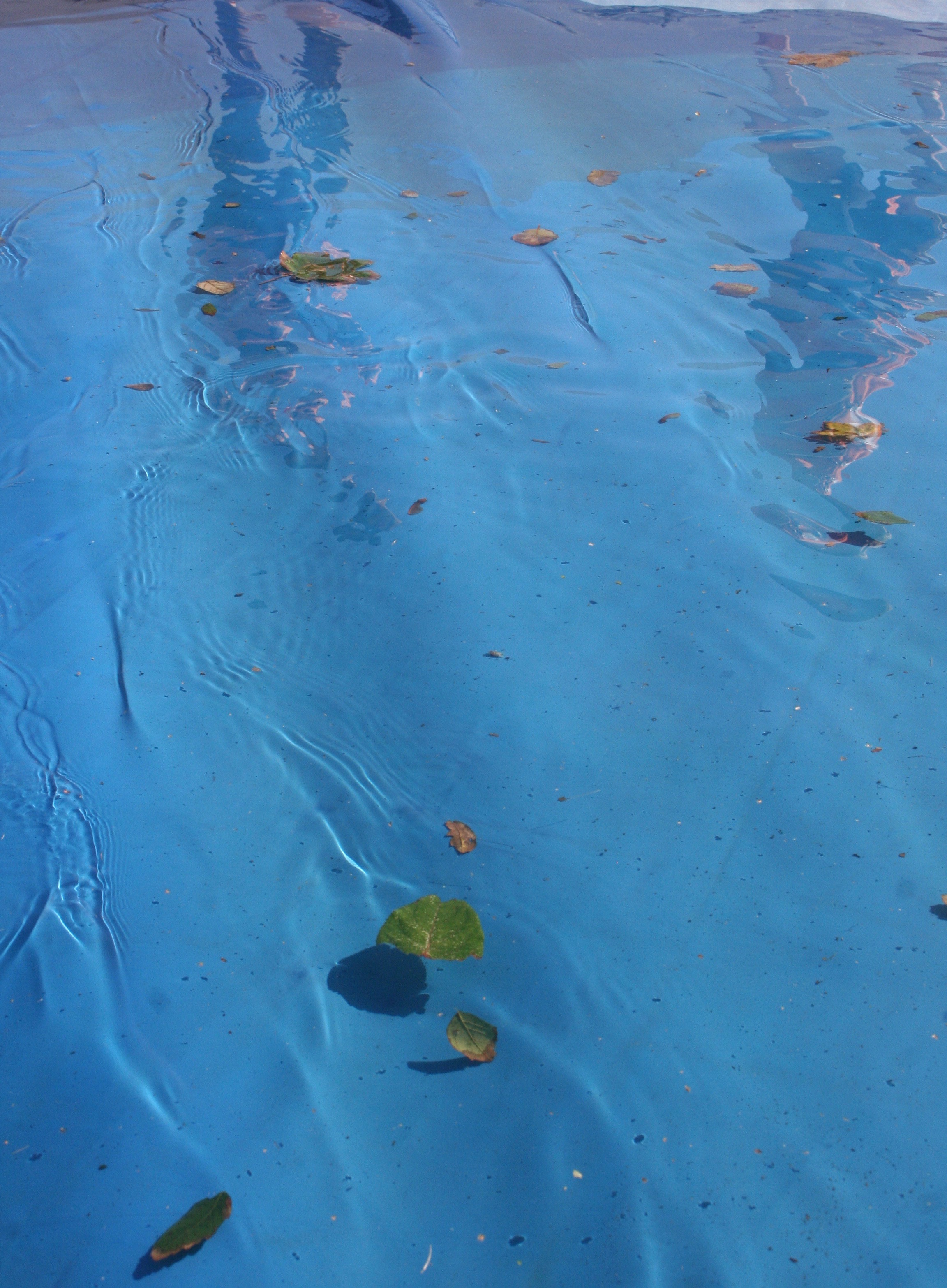

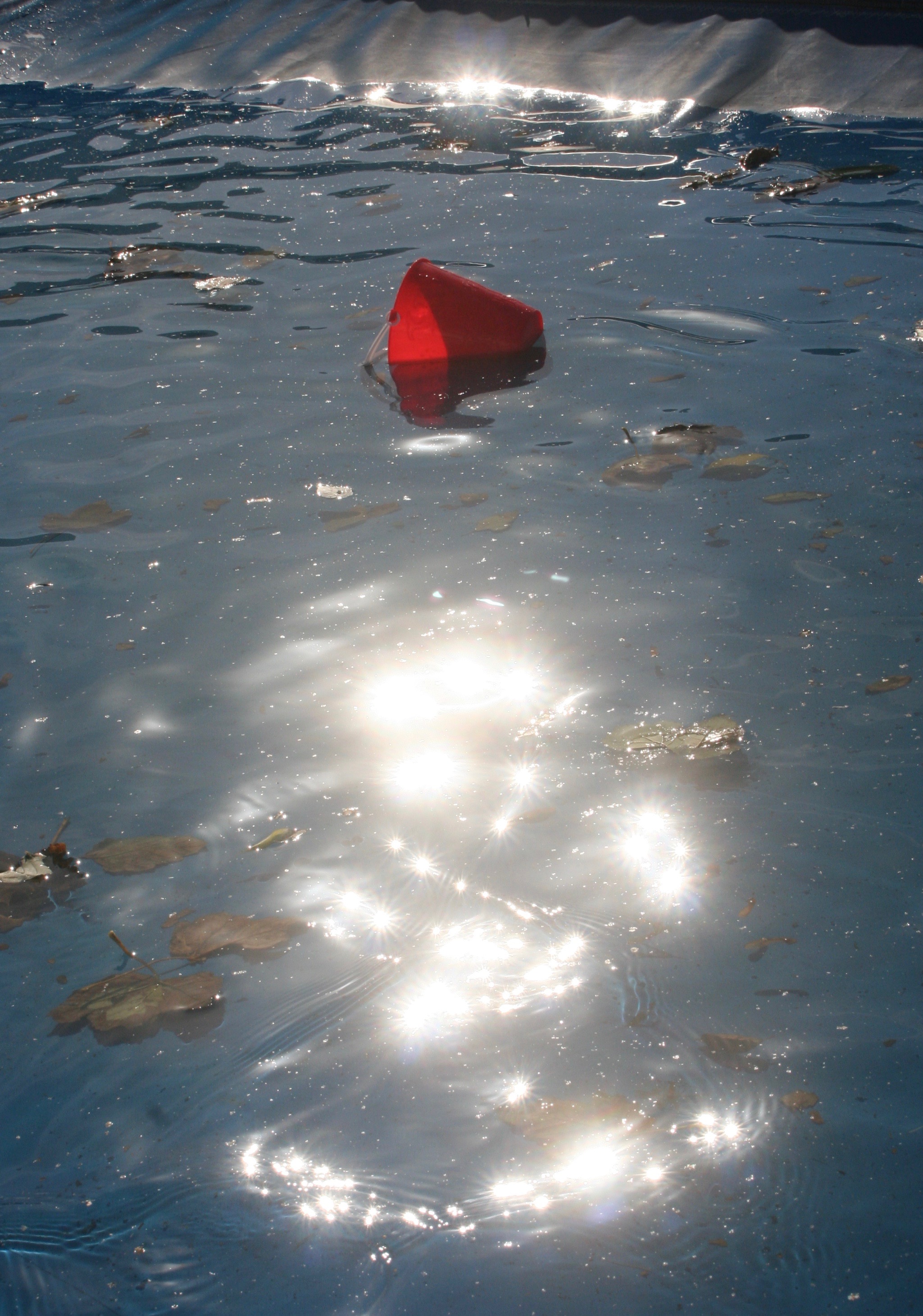
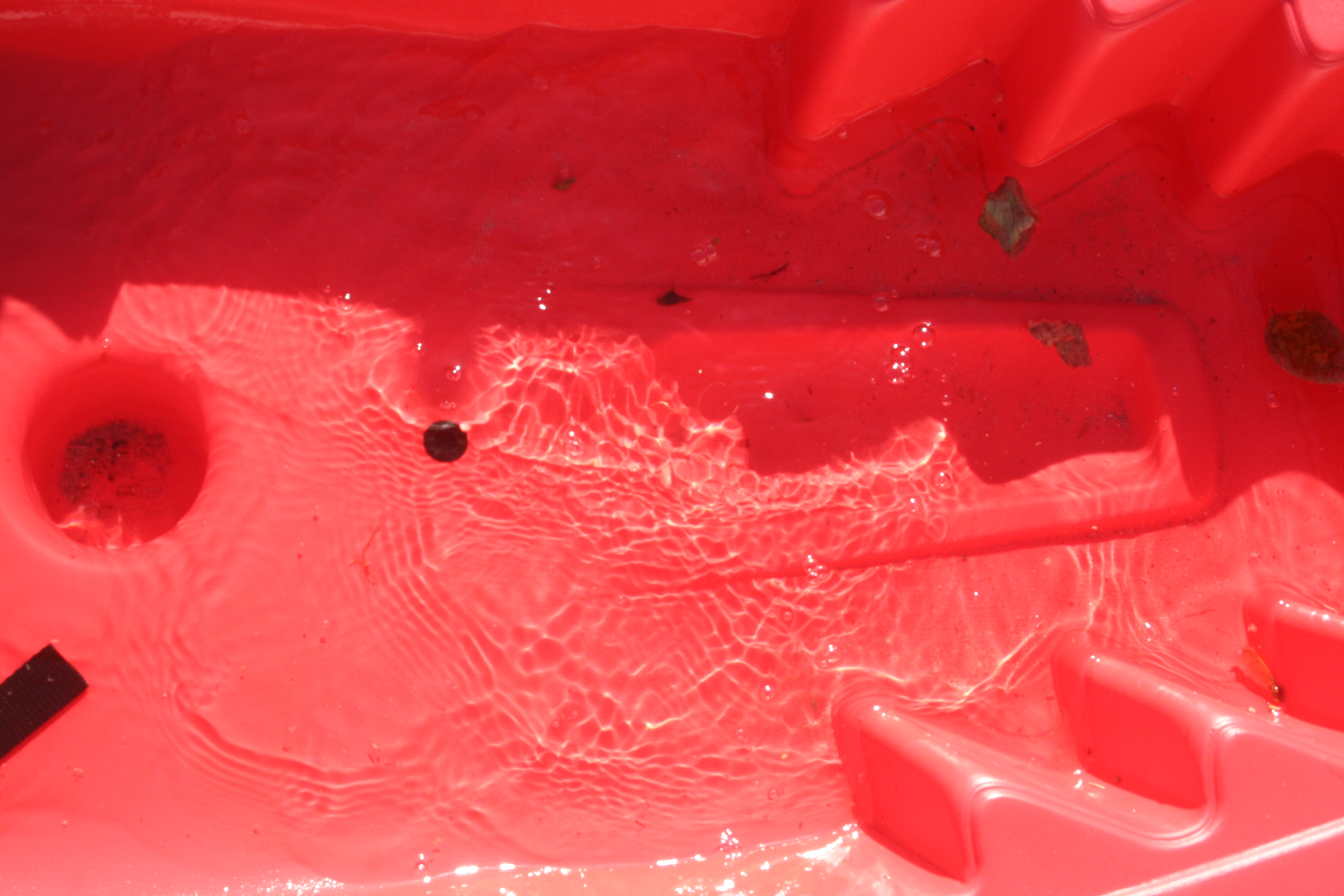
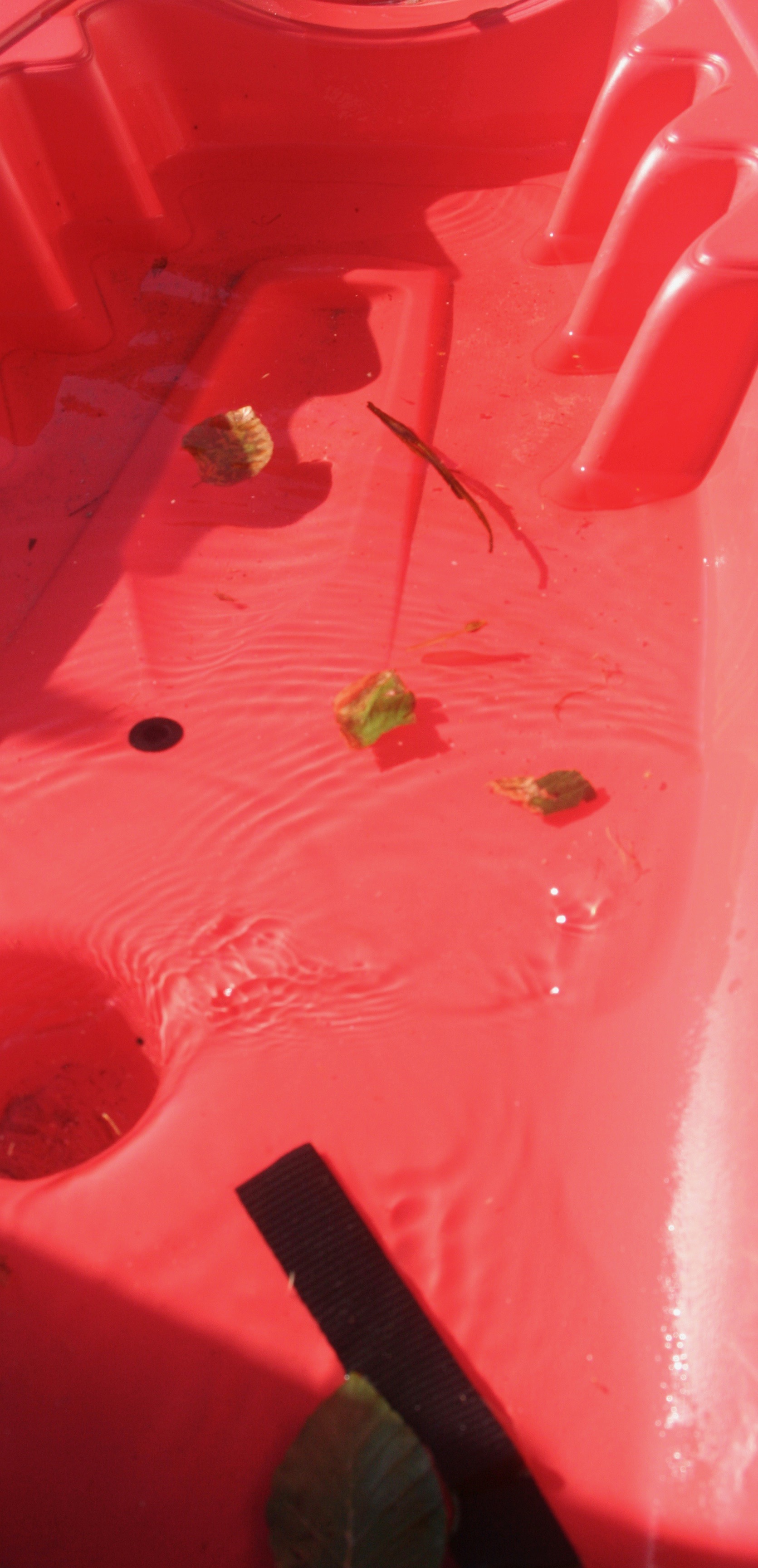
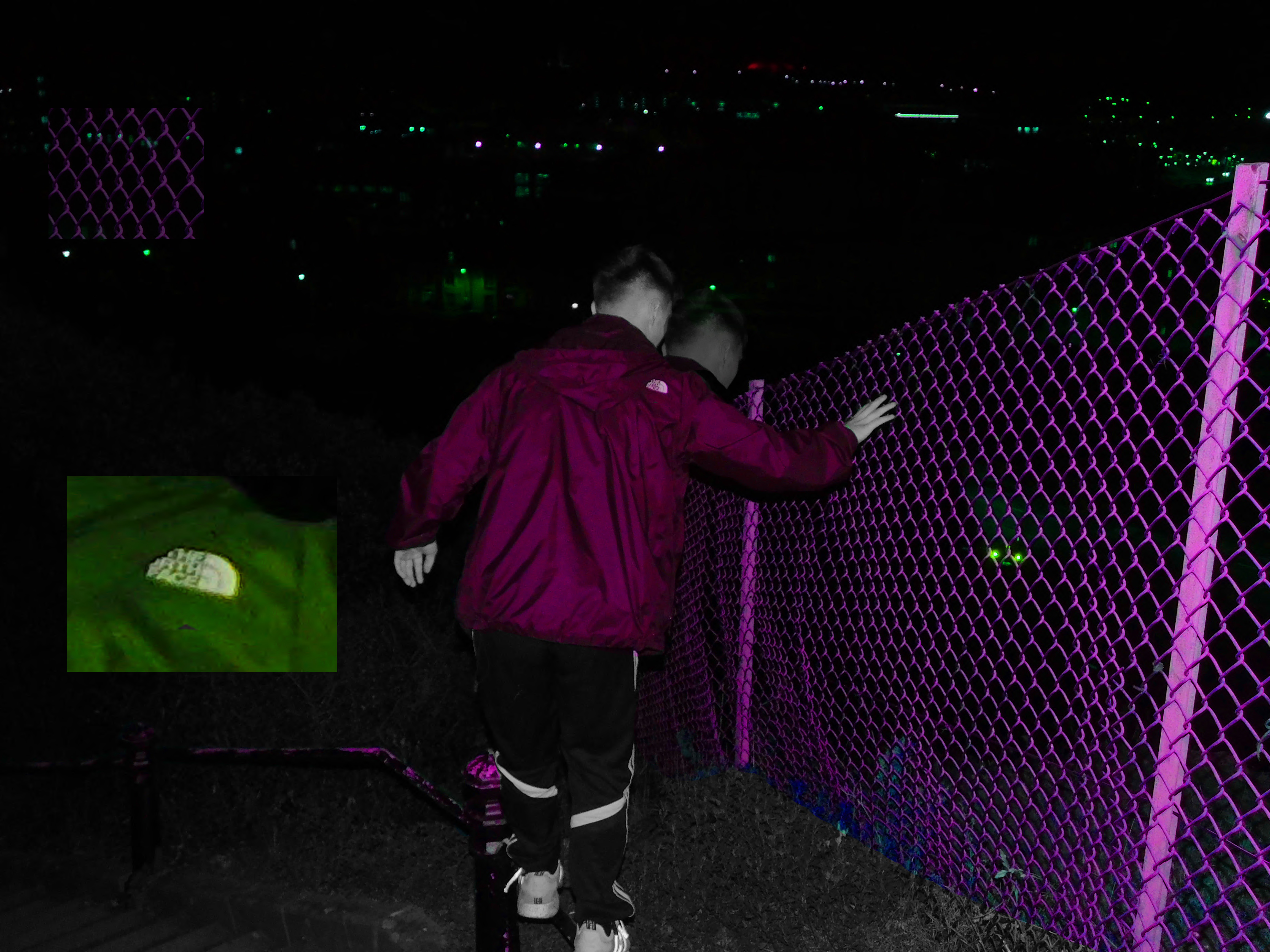
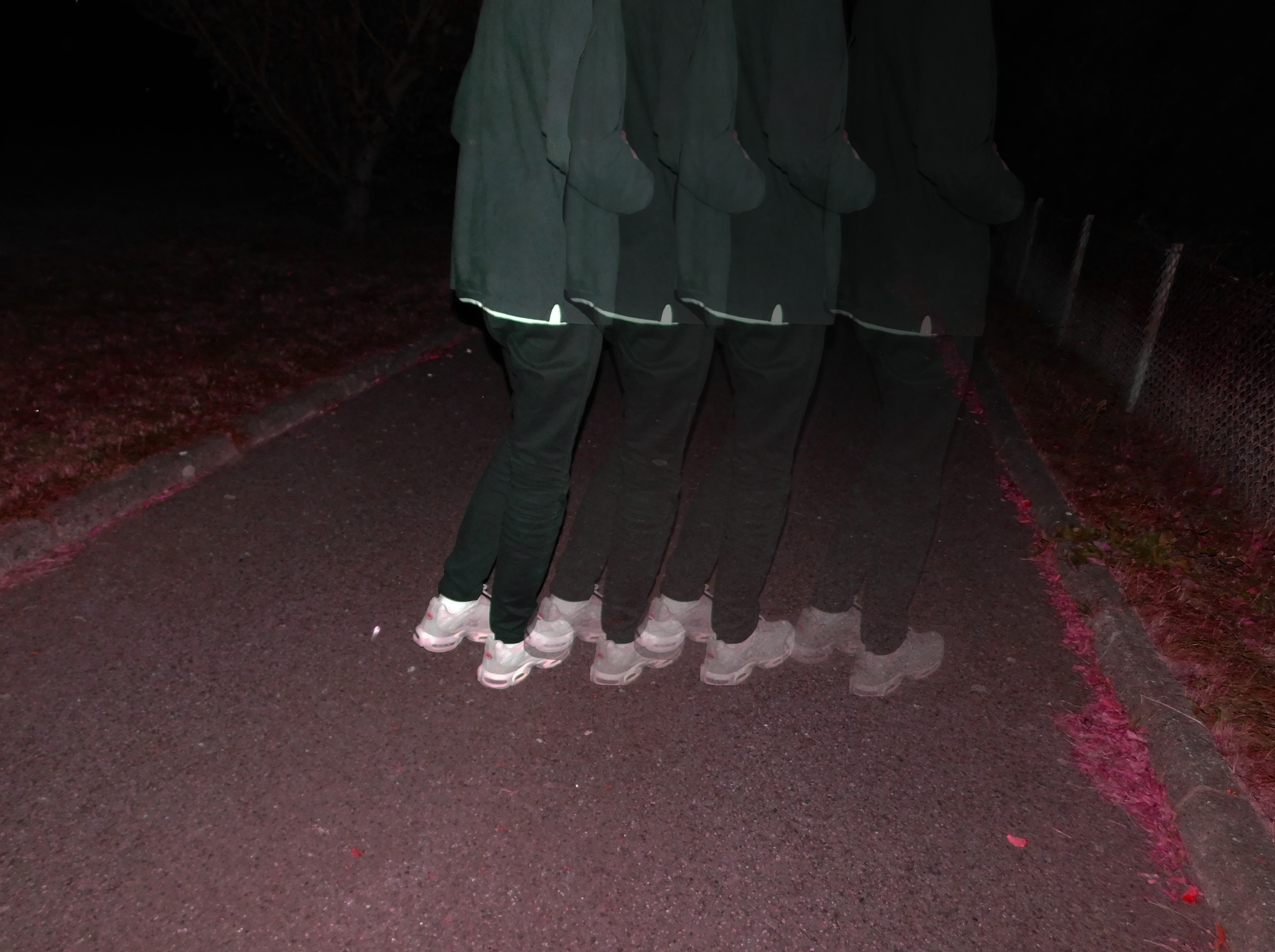

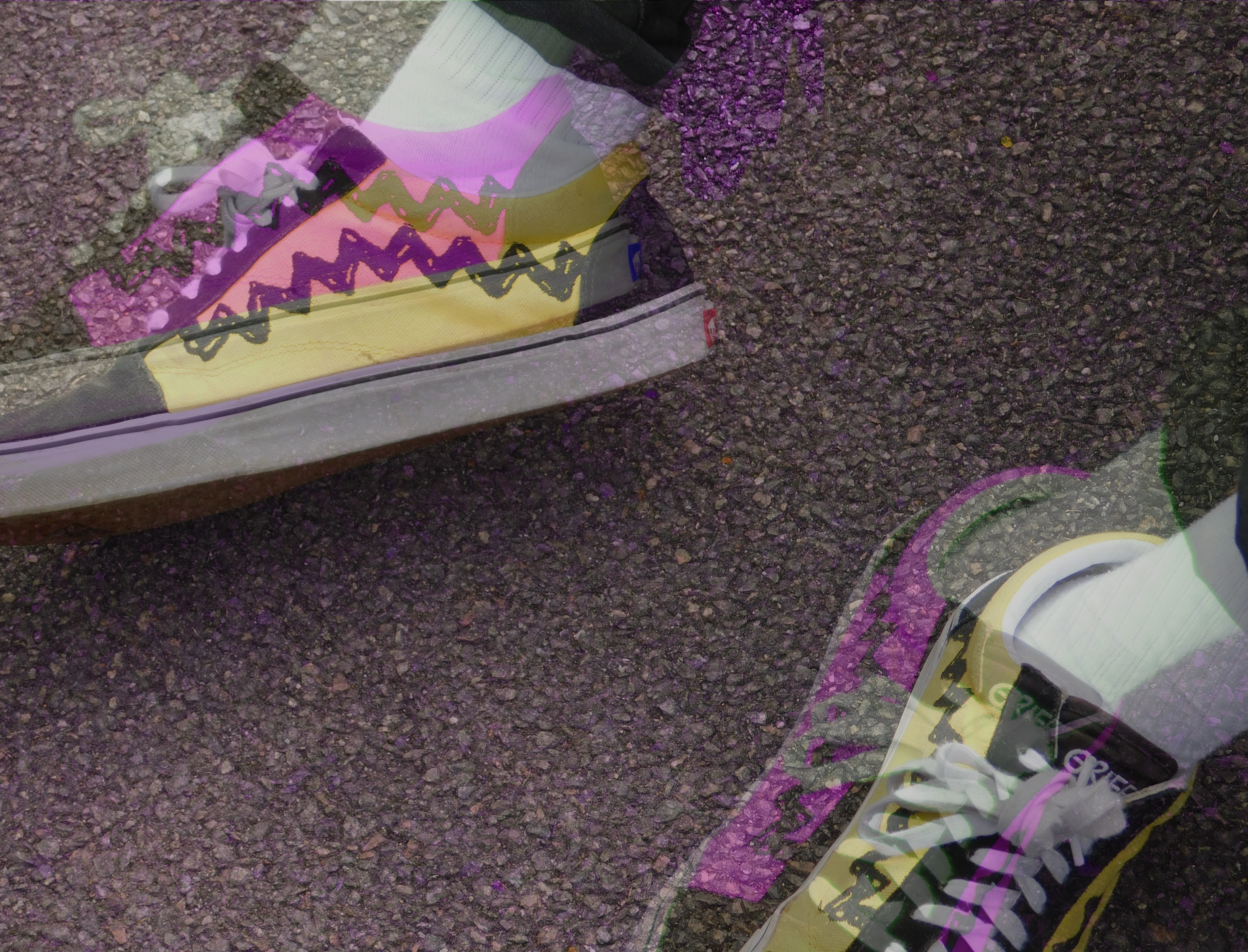
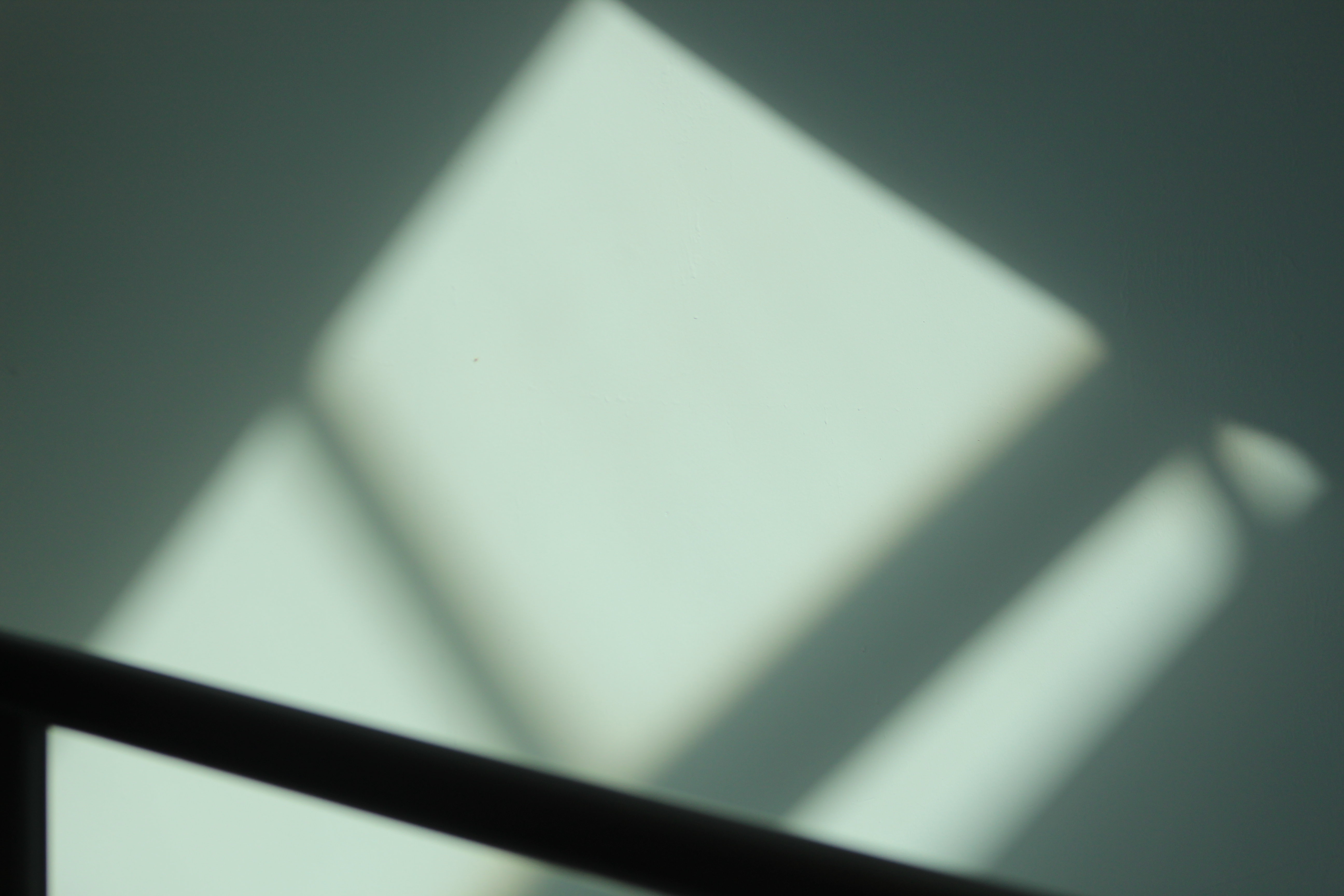




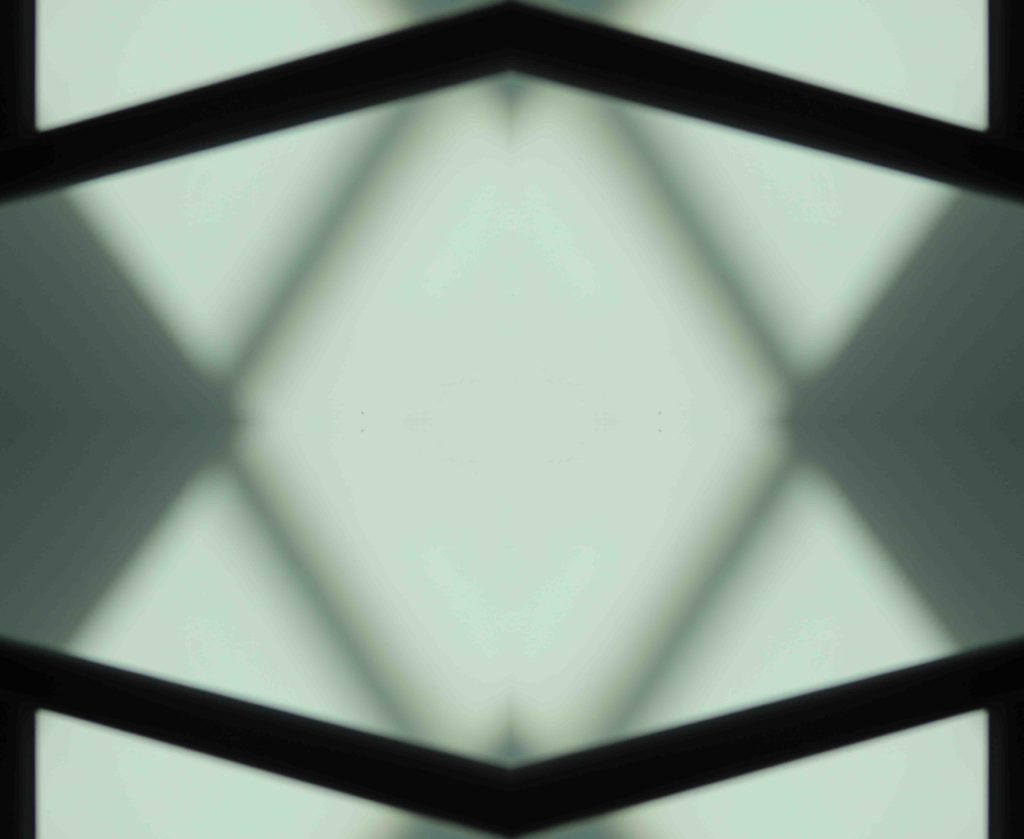
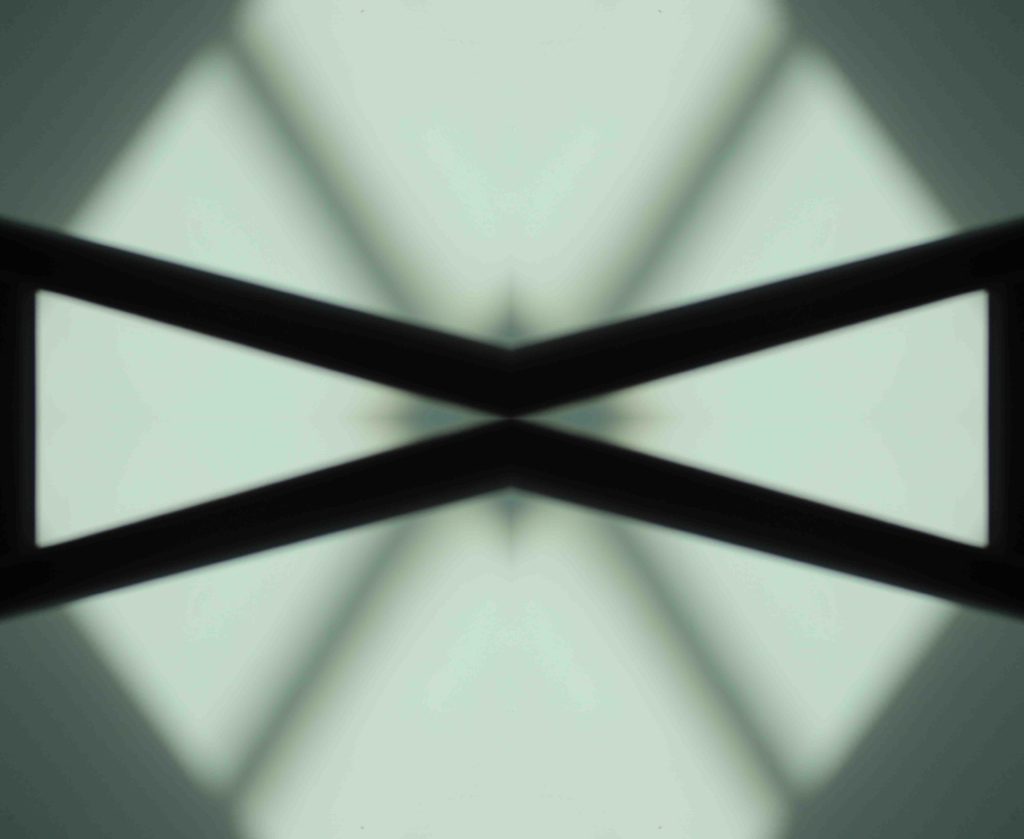
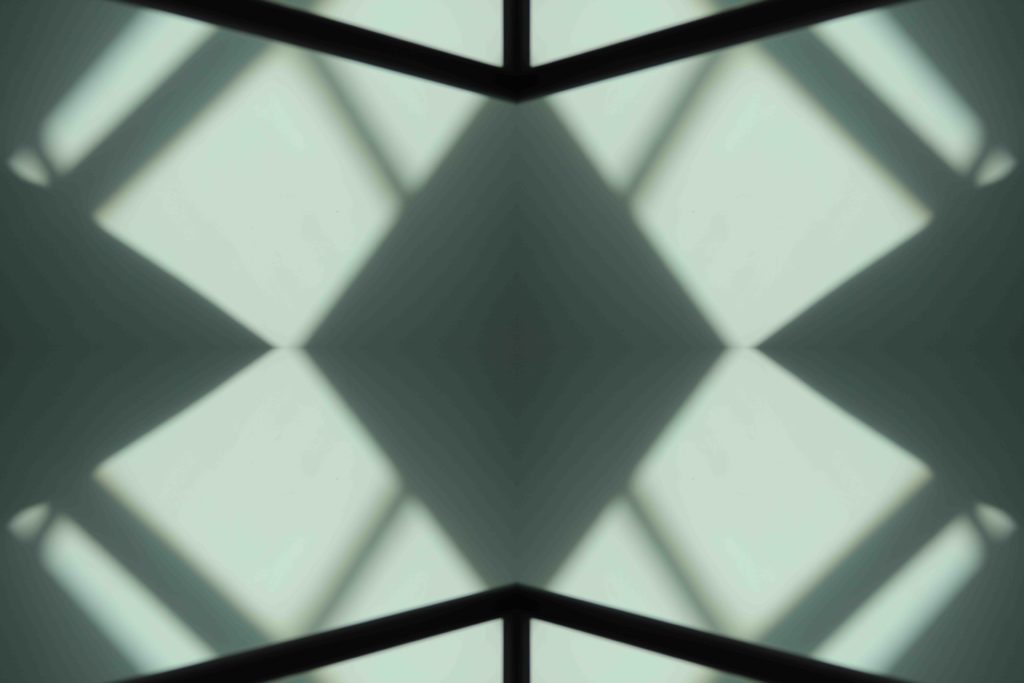
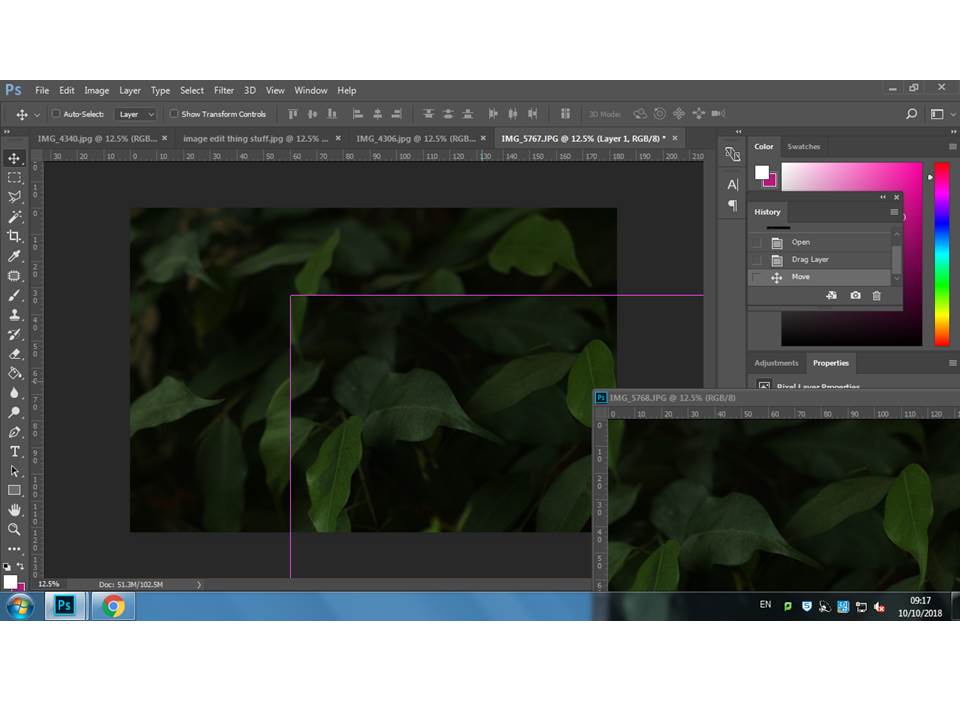
 First I overlapped the background layer image with a similar image.
First I overlapped the background layer image with a similar image.